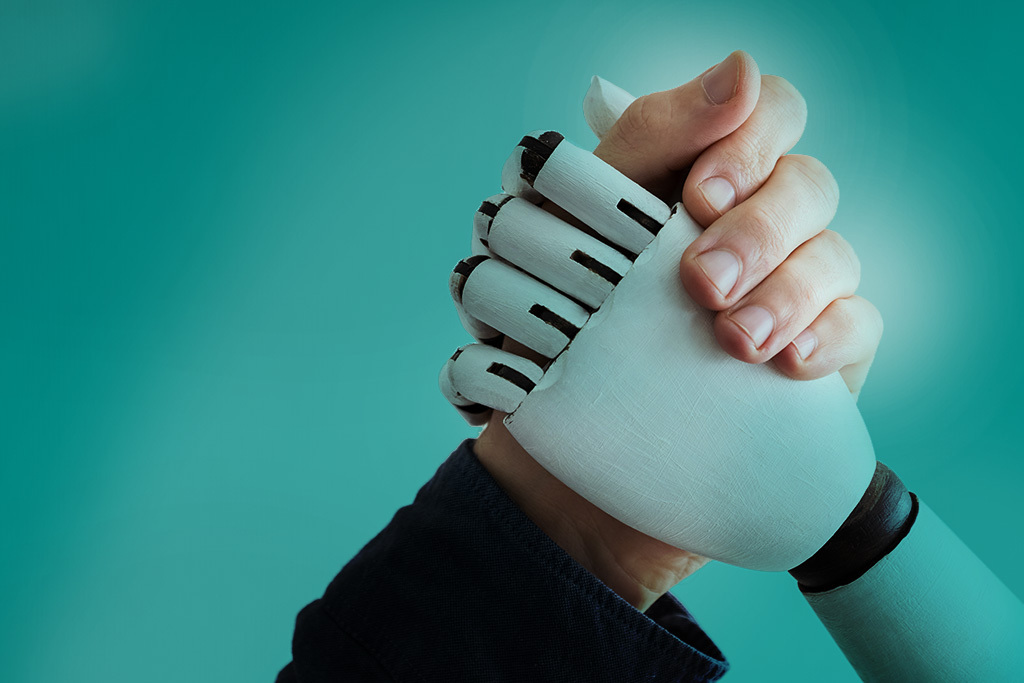TechCrunch
1d
270

Image Credit: TechCrunch
Amazon offers peek at new human jobs in an AI bot world
- The tech industry envisions a future where bots will automate mundane tasks, creating new job opportunities for humans despite displacing some roles. Amazon's introduction of Vulcan robot hints at a future where warehouse workers collaborate with robots for tasks like picking items, while some workers are trained as robot technicians.
- Amazon claims that robots handling 75% of customer orders have led to the creation of new job categories like robotic floor monitors and maintenance engineers. The company offers a retraining program for workers to acquire skills in robotic maintenance, indicating a shift in workforce training in an AI-powered environment.
- The transition to a fully automated workforce may not happen as rapidly as anticipated, with smaller companies still heavily relying on human labor. There is speculation that tasks like overseeing robots could become standardized job roles, similar to operating a PC, requiring a widespread skill set among workers.
- While Amazon is investing in robotics to enhance its operations, the widespread adoption of fully automated systems in various industries remains uncertain. The impact of AI on different job sectors and the balance between human workers and bots continue to be areas of ongoing exploration and debate.
Read Full Article
16 Likes
For uninterrupted reading, download the app